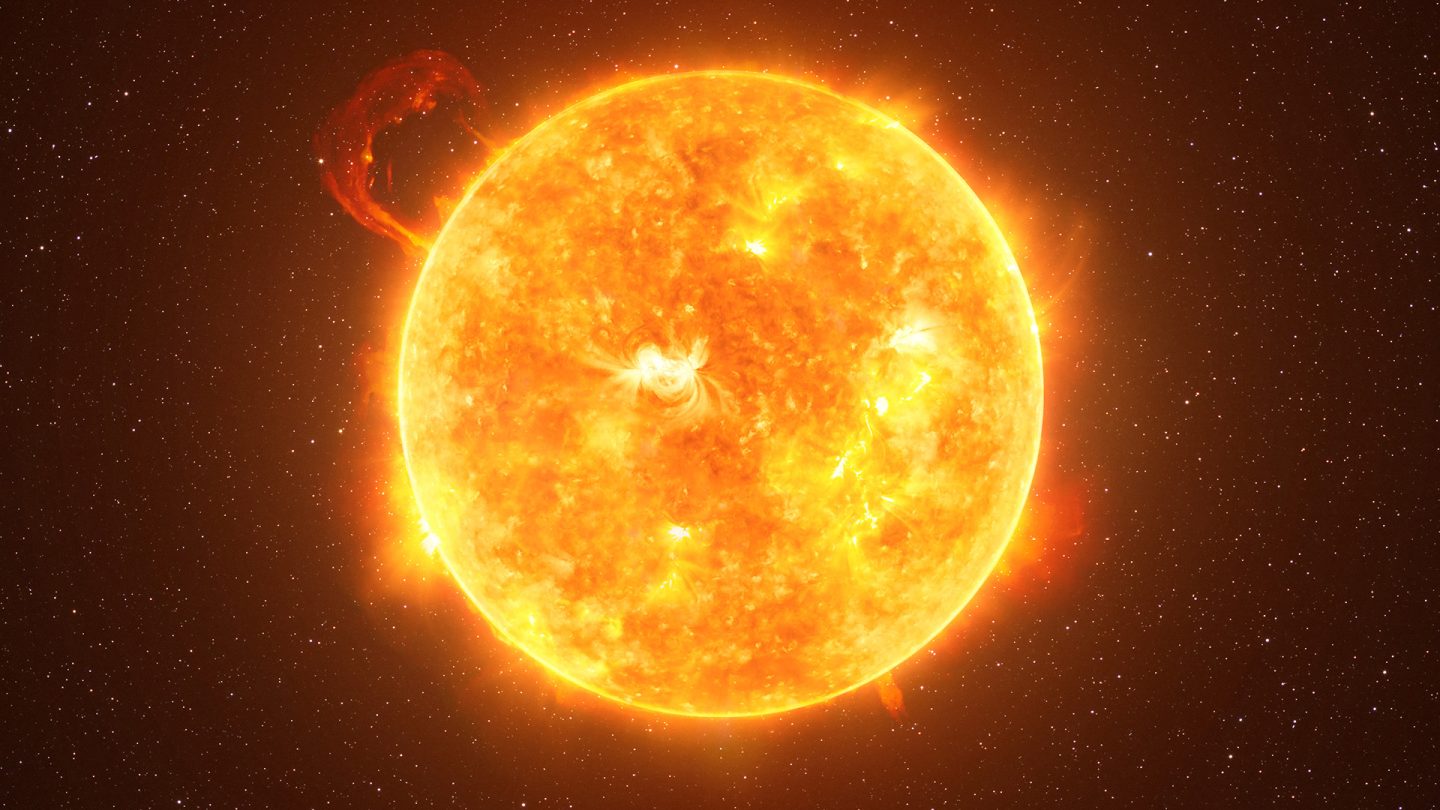China switches to and is experimenting with an “artificial sun,” dubbed Experiential Advanced Superconducting Tokamak (EAST), to make way for clean energy in the future.
The device setup is a fusion reactor that ran successfully for almost 20 minutes at a stunning 70 million degrees Celsius in a recent test. The machine strives to utilize the power of nuclear fusion, a less explored way of harnessing nuclear energy.

The setup mimics nuclear reactions taking place inside the sun, where hydrogen and deuterium gases are used as fuel. These experiments could bring scientists closer to “unlimited clean energy.”
The reactor is being tested so that its auxiliary heating system becomes more “hot” and “durable”. EAST, designed and built by the Chinese, has been used for nuclear fusion experiments since 2006. But, it is only recently that researchers have come up with an important milestone.
A report by South China Morning Post states that the “artificial sun” ran at 70 million degrees Celsius for as long as 1,056 seconds — or 17 minutes and 36 seconds — in the latest experiment. That is almost five times hotter than the real sun, which hits a temperature of 15 million degrees Celsius at its core.

The reactor reaches great temperatures by boiling hydrogen isotopes (hydrogen and deuterium) into a plasma. The fusion of these elements releases great amounts of energy, which takes the form of heat. Scientists now face the challenge of maintaining temperatures above 100 million degrees Celsius and operating the setup in a stable way over long durations.
A step closer to limitless energy source
The latest experiment took place at the Hefei Institute of Physical Science in the eastern province of Anhui, China where it switches to the artificial sun.

“The recent operation lays a solid scientific and experimental foundation towards the running of a fusion reactor,” said Gong Xianzu, who was in charge of this EAST experiment.
A New York Post report suggested that more than 10,000 Chinese and foreign scientific researchers were part of this $948-million project. The experiments started in early December and are expected to last until June.
“Five years from now, we will start to build our fusion reactor, which will need another 10 years of construction,” said Institute of Plasma Physics director Song Yuntao. He believes that they will be able to construct the power generator and start generating power by 2040.
China’s reactor team will also provide technical support to another nuclear fusion reactor megaproject currently being constructed in Marseille, France.
Read More: River In China Mysteriously Turns Bloody Red Overnight
What do you think of this story? Let us know in the comments section below.















